
In a nation where education is enshrined as a fundamental right, the recent revelations from the UDISE+ 2023-24 report paint a grim picture of systemic neglect and misplaced priorities. While India boasts an increase of over 5,000 schools, from 1,466 million in 2022-23 to 1,471 million in 2023-24, this quantitative expansion is starkly juxtaposed with a disheartening decline in student enrolment by 3.7 million, a 1.47% drop. Such statistics not only expose the superficial metrics of progress but also reflect a deeper malaise within the Indian education system—a failure to fulfill its comprehensive goal of inclusive and equitable education.
The Decline Across Demographics
The data unravels a worrying trend across all sections of society. Between 2023-24, the enrolment of girls dropped by 1.6 million and boys by 2.1 million, highlighting a universal disenchantment with the education system. Marginalized communities bore the brunt of this decline: OBC enrolments fell by 2.5 million, SC students by 1.2 million, and ST students by 200,000. Minority groups, including Muslim students, also faced a sharp drop of 300,000 enrolments.
The secondary stage, encompassing classes 9 to 12, witnessed the steepest decline, with 1.7 million fewer students than the previous year. The foundational years, supposedly the bedrock of lifelong learning, saw a reduction of 900,000 students. Even the preparatory stage (classes 6 to 8) experienced a fall of over 300,000 enrolments. These figures underscore an alarming disengagement with education during critical developmental phases.
Behind the Numbers: Systemic Barriers
The decline is not merely a statistical anomaly but a testament to the structural and systemic barriers entrenched in India’s education framework. The difficulties in securing necessary documentation for admission and the cumbersome process of availing scholarships disproportionately affect OBC, SC, and ST students. This bureaucratic inefficiency, coupled with a lack of proactive support from school administrations, has left many marginalized students in the lurch.
As Beena Pallical of the National Campaign on Dalit Human Rights rightly points out, the failure to address these barriers perpetuates a vicious cycle of exclusion and deprivation. Instead of empowering the marginalized, the education system becomes a gatekeeper, reinforcing existing inequalities.
The Mirage of the National Education Policy (NEP) 2020
The government’s adoption of the NEP 2020 framework and its implementation in the UDISE+ report is touted as a progressive reform. The new 5+3+3+4 schooling structure aligns data collection with NEP’s vision. However, this realignment of data fields serves as a smokescreen, deflecting attention from the policy’s inability to address ground realities.
The NEP’s promise of holistic and inclusive education remains largely rhetorical. Without addressing the systemic barriers—be it access to scholarships, infrastructural inadequacies, or socio-economic disparities—such policies are destined to remain lofty ideals, disconnected from the lived experiences of millions.
The Path Forward: A Call for Accountability
Education in India has often been reduced to numbers—schools built, teachers hired, and students enrolled. However, these metrics fail to capture the quality, inclusivity, and accessibility of education. It is high time the nation moved beyond superficial achievements and addressed the systemic issues plaguing its education system.
- Simplify Access to Resources: The bureaucratic hurdles in obtaining documentation and scholarships must be eliminated. Streamlined processes and proactive school administrations can ensure that marginalized students are not left behind.
- Focus on Retention: The high dropout rates, especially at the secondary level, demand urgent intervention. Programs addressing adolescent issues, gender sensitivity, and financial constraints must be prioritized.
- Bridge the Gap in Infrastructure: A quantitative increase in schools is meaningless without adequate teachers, learning materials, and student-centric facilities. Investment in quality education infrastructure is non-negotiable.
- Hold the System Accountable: The executive and legislative arms of the government must be held accountable for ensuring the constitutional mandate of education as a fundamental right. Robust monitoring mechanisms and grassroots involvement are essential to drive meaningful change.
A National Priority
The state of education in India is a reflection of the nation’s priorities. An apathetic approach to its execution undermines the dreams of millions and erodes the foundation of a just and equitable society. Education is not just a right; it is a tool for liberation, empowerment, and progress.
India must wake up to the reality that its future hinges on the education of its youth. The alarming decline in enrolment and the systemic barriers faced by marginalized communities are not just educational issues—they are moral failings. It is time to treat education as a national priority and not as a statistic to flaunt. Only then can we hope to fulfill the true promise of a democratic and progressive India.




.jpeg)

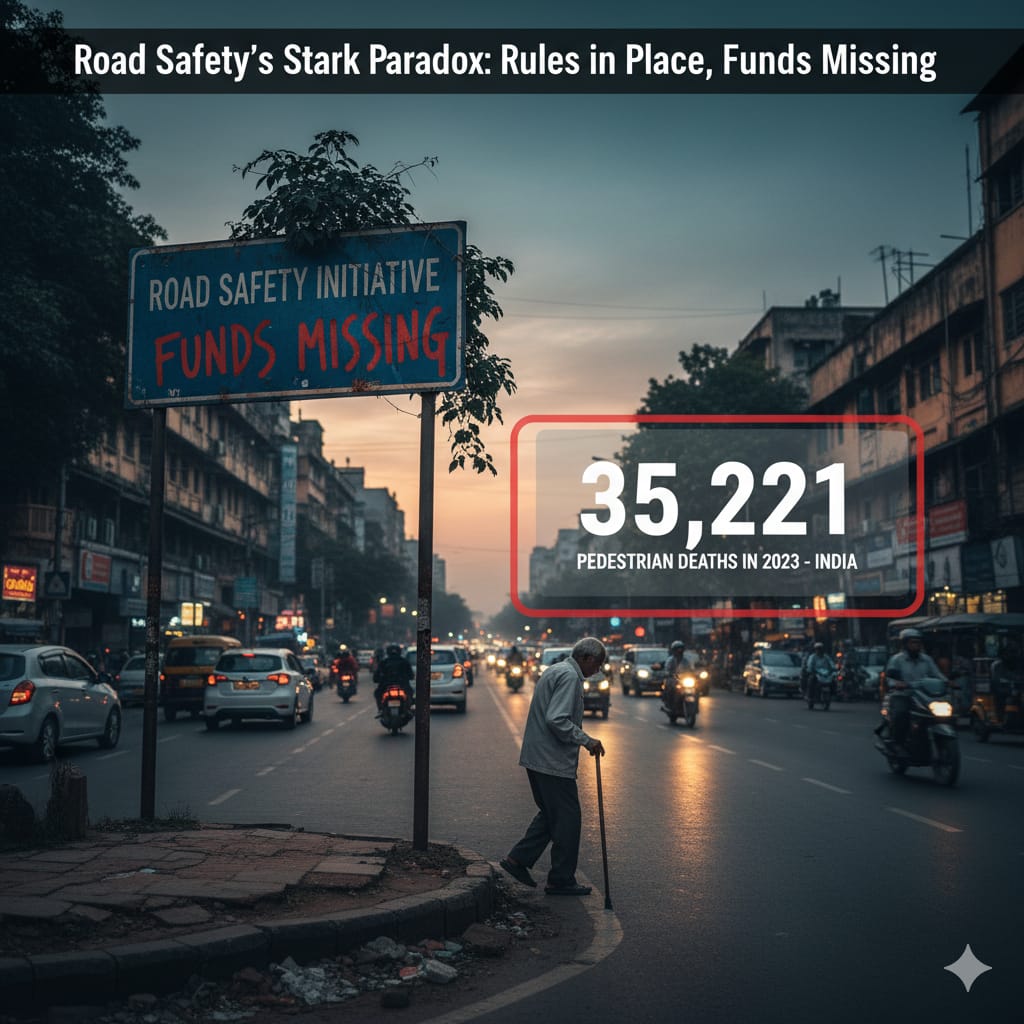
.jpeg)

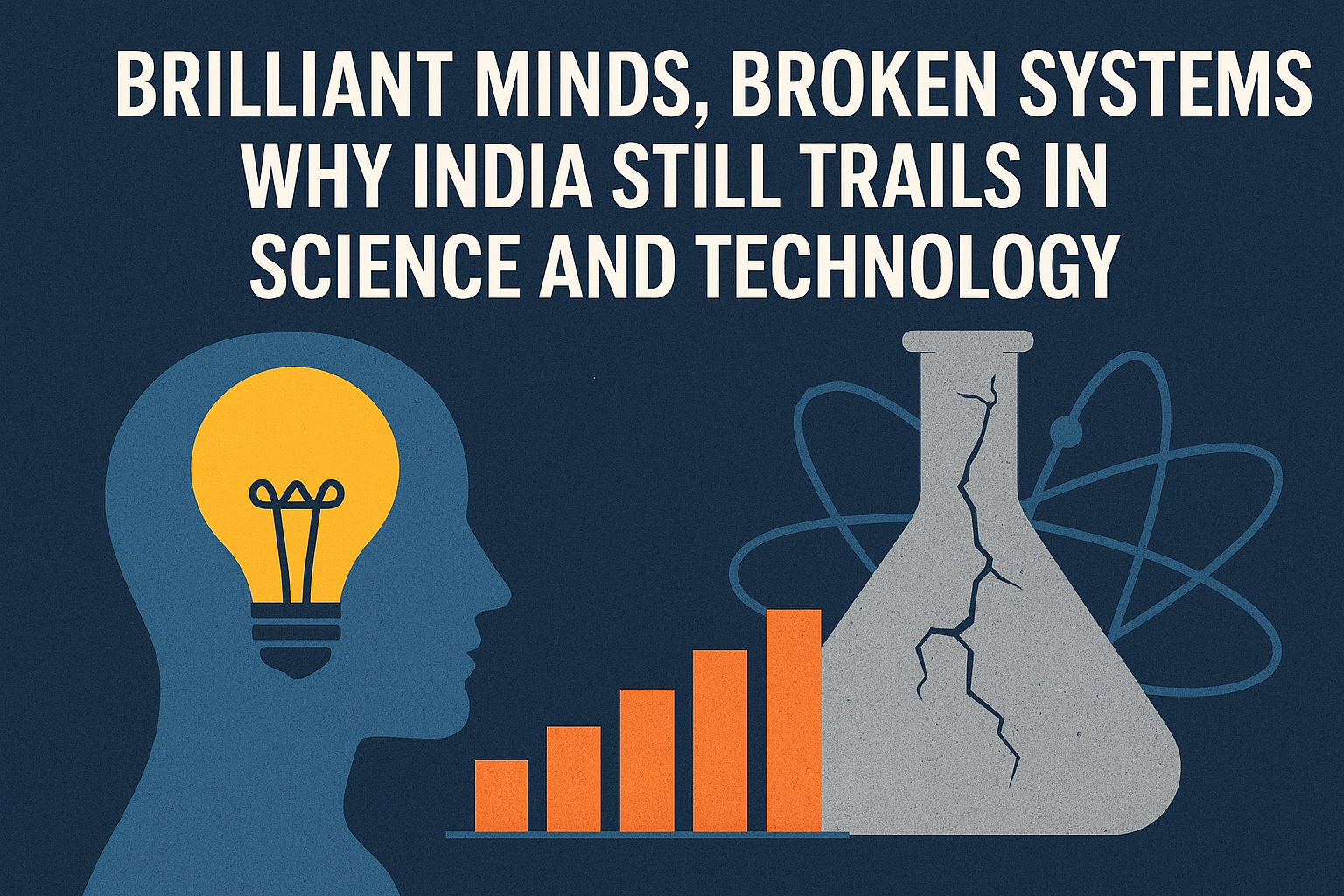


.jpeg)
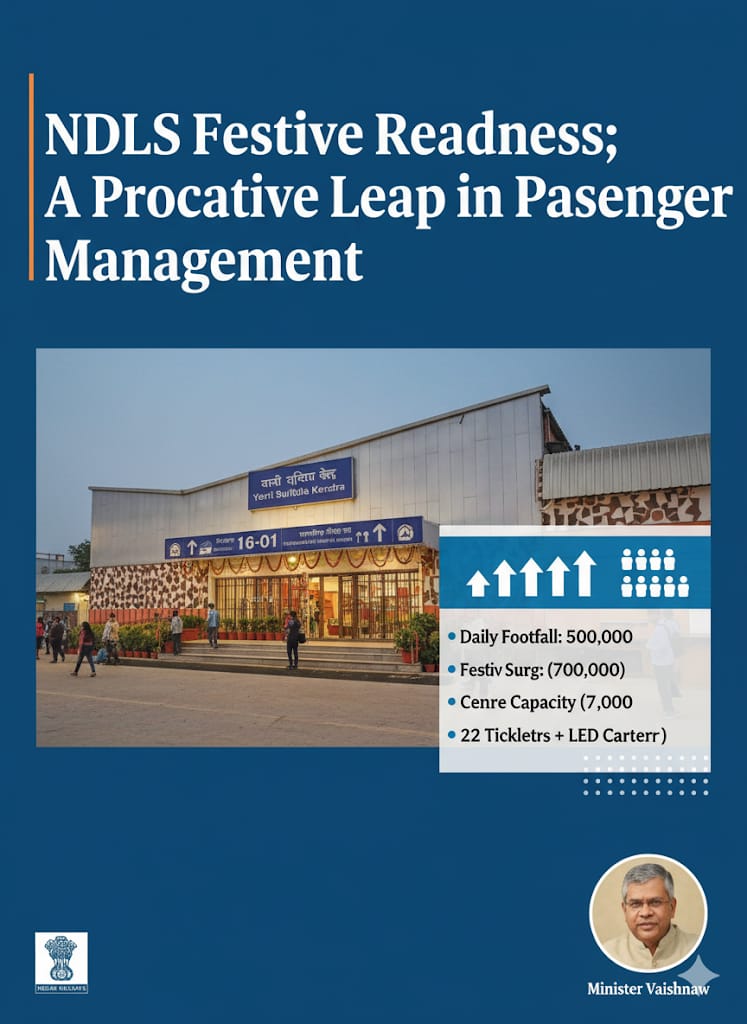






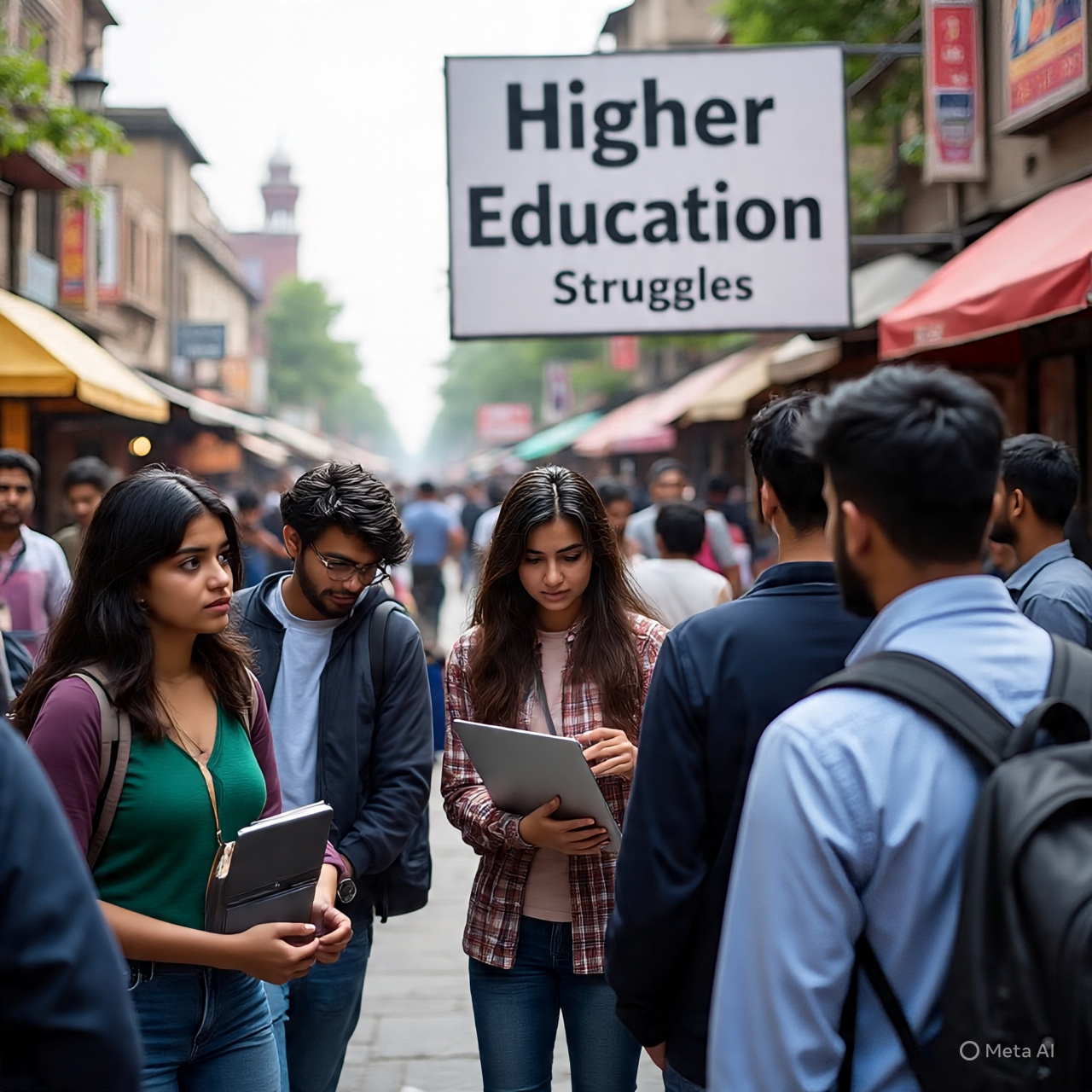
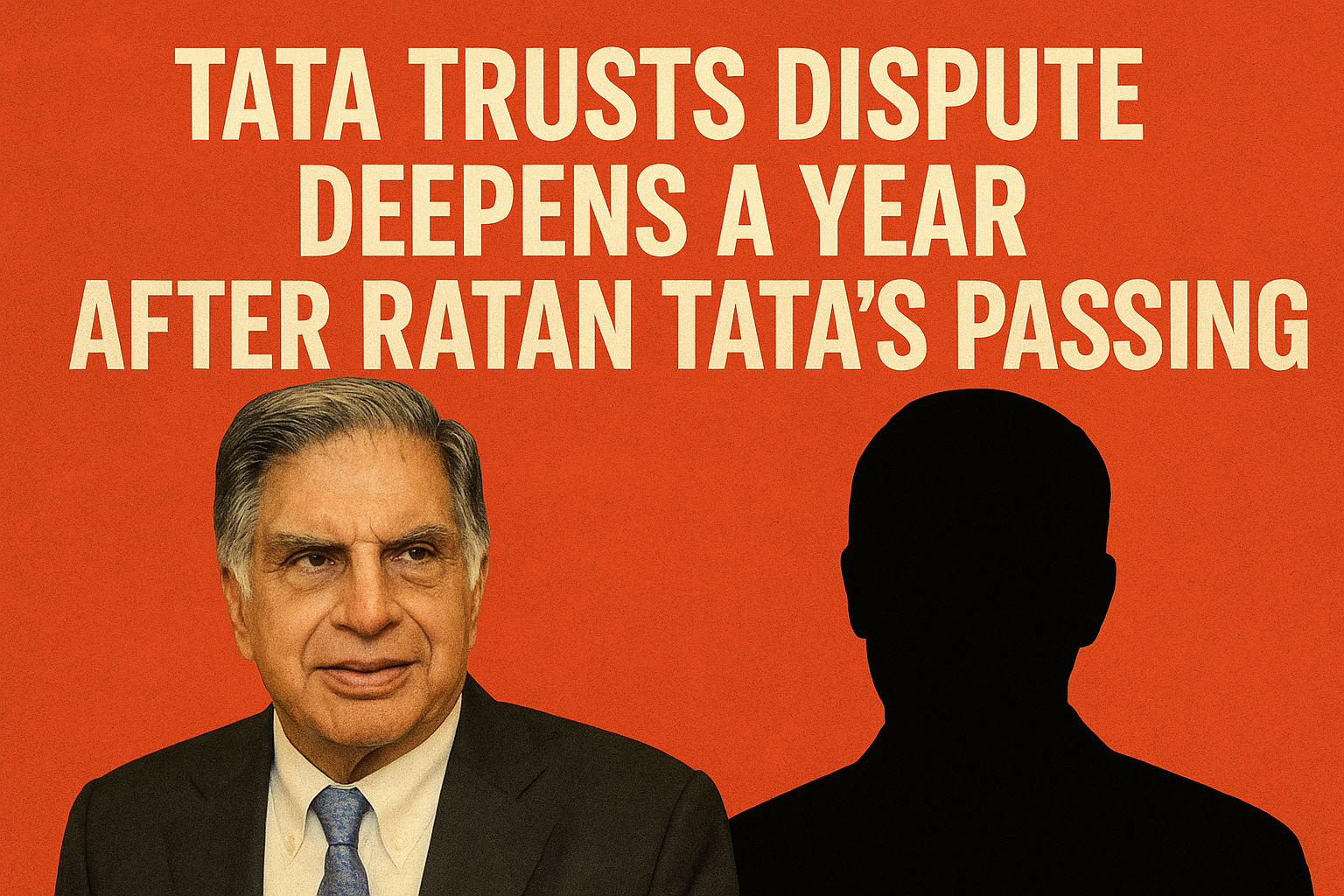
Praveen Jha
9 months agoउद्देश्यपूर्ण सफलता लेल मंगलमय शुभकामना 💐